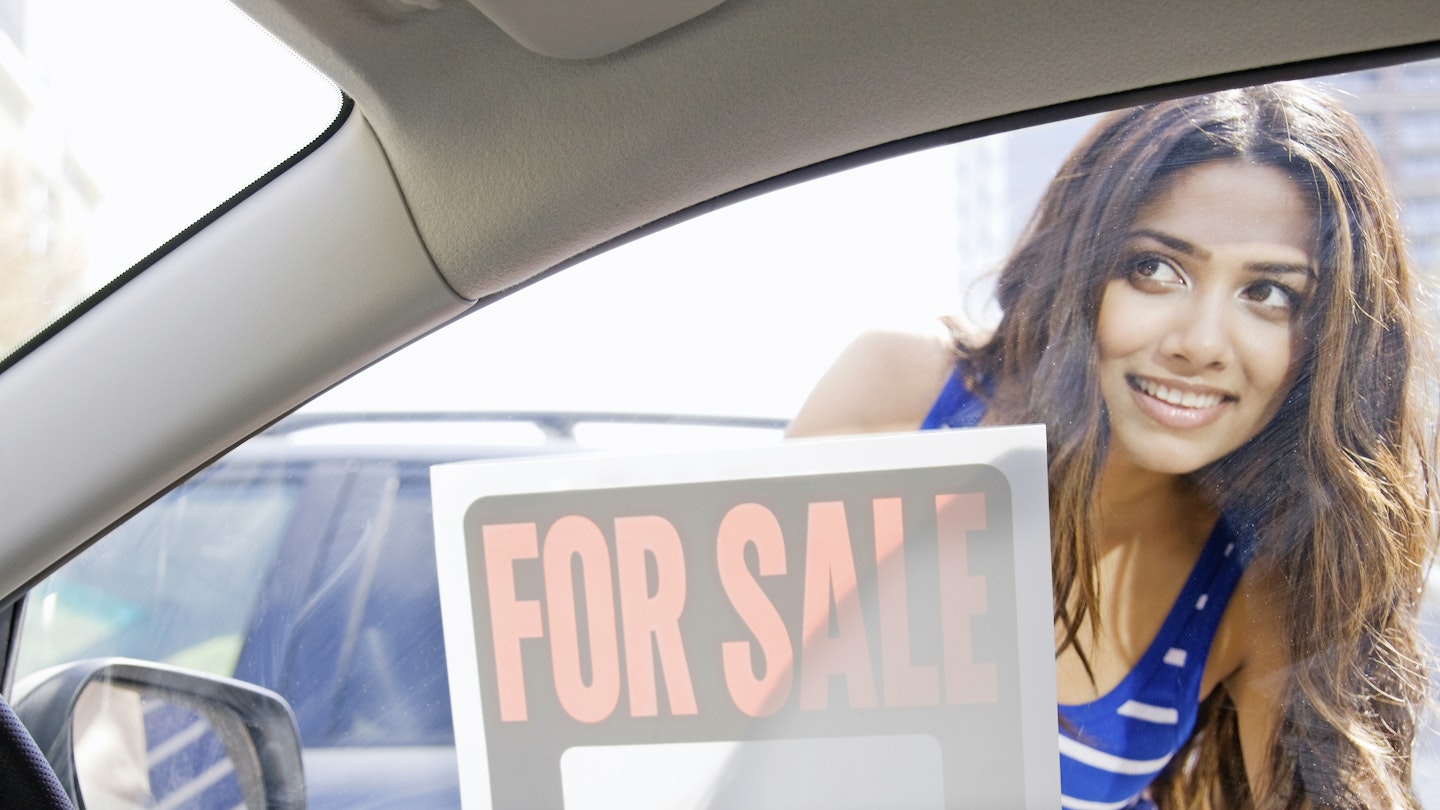Here’s a quick checklist of things to look out for when purchasing some of the most common items bought second hand…
CAR
Tyres
Inspected closely. A 1.6mm treat is a legal minimum, so if they’re below 3mm you’ll need to factor in the cost of changing them soon.
Dents and scratches
Darkness or rain can hide small dents and scratches. So be sure to look at the car in clear daylight.
Electrics
Wind the windows up and down, test the air con and turn on and off the radio.
Fluid levels
Open the bonnet and check the oil and fluid levels. If they’re low, it could be a sign that the car hasn’t been well looked after.
Windows
Inspect the glass closely as the smallest chip could turn into a large crack and mean you have the expense of replacing the glass.
Mileage
A car showing low mileage on the clock but demonstrating heavy wear and tear around the driver’s seat, steering wheel and pedals should ring alarm bells.

BIKE
You wouldn’t buy a car without a test drive, so make sure to test ride a bike before you purchase.
Frame
Inspect the frame and fork closely, looking out for cracks, dents, rust, bends in the tubing or bubbling under the paint, which could be a sign of corrosion.
Brakes
Make sure the brakes are working properly and the pads aren’t worn down. Also, check the gears shift effectively.
Wheels & tyres
Lift each wheel off the ground and spin it. Look out for any major wobble, which could indicate a problem. The spokes should be tight and not have too much movement when squeezed together. Look for cracks and bulges in the tires and if the brake track is concave instead of flat, the wheels probably need replacing.
Chain
Pull the chain away from the chainring. If there’s a large gap of more than half an inch, it’s likely a sign there’s a problem with wear and tear.

CLOTHES
Sizing
Sizing varies between manufacturers and vintage clothing sizes are often different from sizing used today. You might be a size 10 but a vintage garment with that size on the tag might not fit. Also clothing changes shape with wear. So always try before you buy or take your measurements and bring a cloth measuring tape to the charity/vintage clothes shop to check the garments will fit you.
Online
Look at the seller’s reputation – read reviews to see if there are any complaints that might raise a red flag.
Charity shops
Get to know when they replenish their stock. It might be better to pop in on a weekday rather than on a weekend when there’ll be more footfall and you’re less likely to bag that bargain. It’s good to have an idea of what you’re looking to find to avoid getting carried away and coming out with a black jumper when you already have 10 in your wardrobe.
Alteration costs
If you fall in love with a dress but it has a broken zip, then unless you’re handy with a sewing machine, it might be best to leave it on the rail. Or at least be aware of charges at your nearest alteration shop, so you can properly judge if the purchase is worth it.
